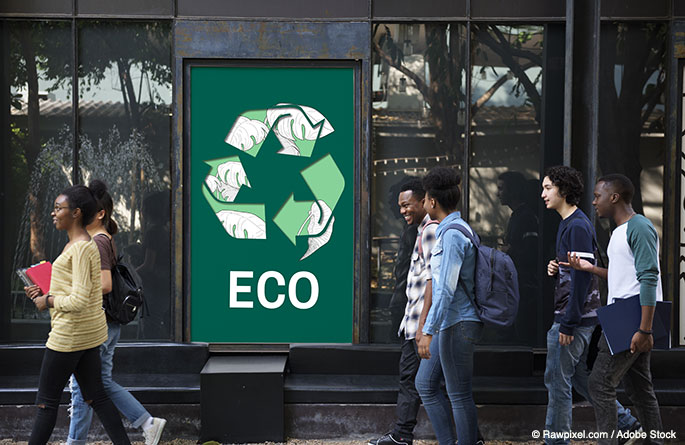
Like nations with the Paris Climate Accord, campuses across the United States have also joined into an agreement to act on climate change. Hundreds of campuses have signed an agreement called the American Campuses Act on Climate Pledge.
By signing this agreement, campus presidents have stated their intent of transforming their universities to climate-friendly communities. Campuses have set goals to become more sustainable including reducing emissions, increasing recycling rates and reducing energy use.
Even campuses who have not signed this agreement have set goals to become more sustainable. Take the University of Central Florida, who boast the second largest student body in the nation. UCF has put together a Climate Action Plan which outlines steps on the path to becoming carbon neutral by 2050. Intermittent goals include a 75 percent recycling rate, 15 percent renewable energy production and for all new construction to be LEED certified.
Campuses across the country have stated their intent on recycling, so why hasn’t recycling participation drastically improved? The solution can be boiled down to one word: convenience.
When a student finishes a can or bottle of soda, they don’t want to hold on to it. The second a way to dispose of it comes into view; they’ll toss it. Most of the time, what they see is a garbage can, not a recycling bin.
If college campuses are serious about increasing recycling rates, which the trend seems to suggest, then campuses should be willing to invest in recycling bins. If there was a recycling bin next to every garbage bin on a college campus, recycling rates would undoubtedly increase. A student is given the choice of throwing a bottle away or recycling; they would most likely choose to recycle if no extra effort is required.
Give students the opportunity, and they will help campuses reach their recycling goals.




































































































































 Three Ways to Engage Teams and Clients to Maximize Your Recycling Program Engagement
Three Ways to Engage Teams and Clients to Maximize Your Recycling Program Engagement  How to Integrate Accessibility Into Your Sustainability Planning
How to Integrate Accessibility Into Your Sustainability Planning  Why Park Benches Can Promote Workplace Well-Being
Why Park Benches Can Promote Workplace Well-Being 
